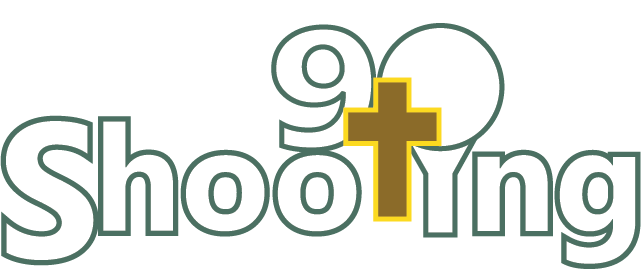Proper setup is the first thing to achieve when finding out how to fix a slice. This starts with correctly gripping the club. Have a slightly “strong” grip, rotating your lead wrist clockwise with your thumb resting on the back side of the club shaft. For more on the grip, see our post “The Grip”.
A wide stance helps balance and allows you to have as much swing speed as possible. While when hitting irons the ball will be in the middle of your stance, it should be farther forward in your stance when hitting driver. A good starting point would be to have the ball lined up with the heel of your lead foot. See our post “Driver Setup” for more tips on addressing the ball with the driver.
Mark Crossfield covers the grip and ball position in the excellent video below. Let’s get stuck in as Mark likes to say.
Now that we know we have the proper setup, we can move on to how our swing is determining how the clubhead path and clubface angle and the relationship between the two, at impact, create the ball flight pattern.
